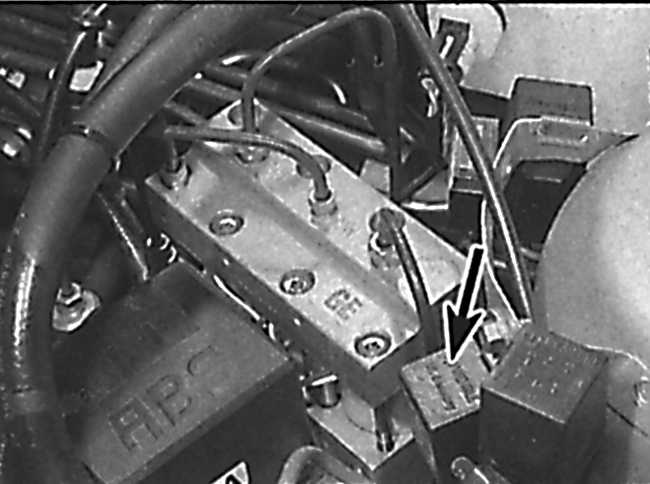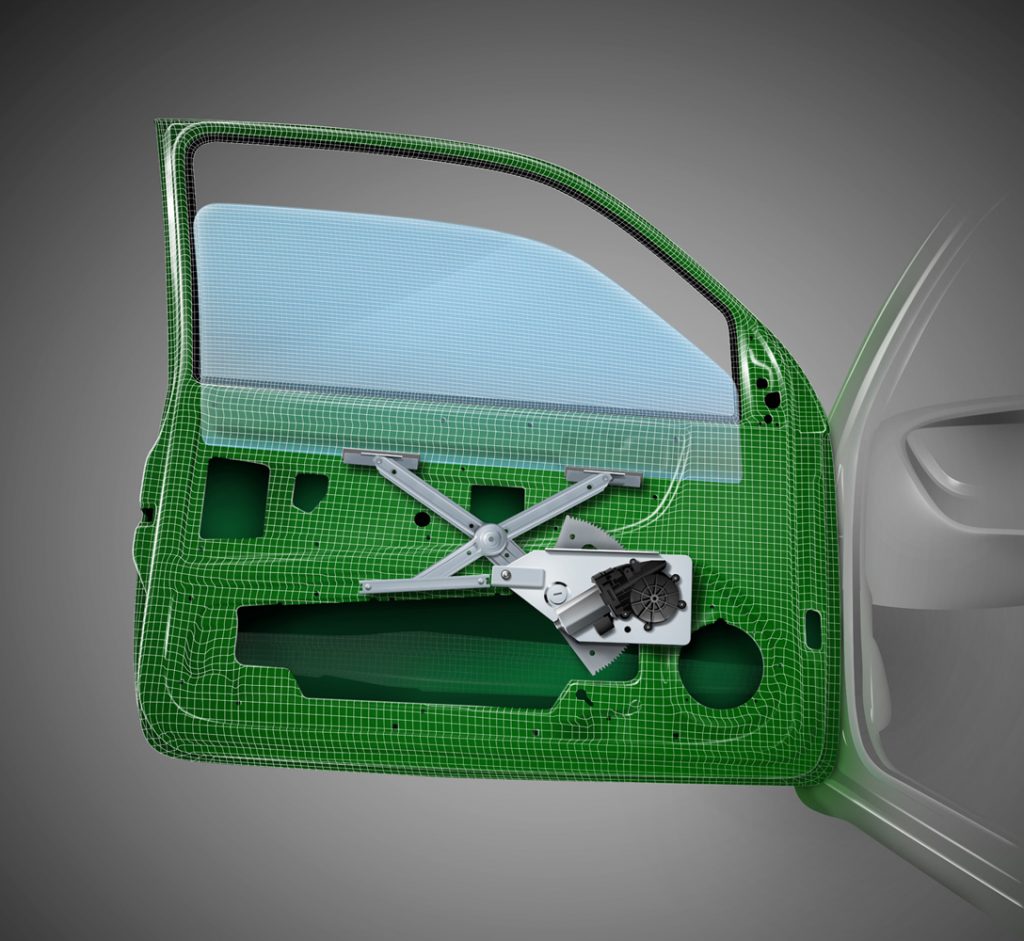
How to replace the anti-lock braking system relay
Content
- Part 1 of 8: Checking the Status of the Anti-Lock Braking System Relay
- Part 2 of 8: Preparing for the job of replacing the anti-lock brake control relay
- Part 3 of 8: Car preparation
- Part 4 of 8: Removing the ABS Control Relay
- Part 5 of 8: Installing the ABS Control Relay
- Part 6 of 8: Backup Battery Connection
- Part 7 of 8: Testing the Anti-Lock Braking System Control Relay
- Part 8 of 8: If the problem persists
The anti-lock brake control relay supplies power to the anti-lock brake system controller. The control relay is only active when the brake controller requires brake fluid to be pulsed to the wheels. The anti-lock braking system control relay fails over time and tends to fail.
How the anti-lock braking system relay works
The ABS control relay is the same as any other relay in your vehicle. When energy passes through the first circuit inside the relay, it activates the electromagnet, creating a magnetic field that attracts the contact and activates the second circuit. When the power is removed, the spring returns the contact to its original position, again disconnecting the second circuit.
The input circuit is disabled and no current flows through it until the brakes are fully applied and the computer determines that the wheel speed has dropped to zero mph. When the circuit is closed, power is supplied to the brake controller until the need for more braking power is removed.
Symptoms of a malfunctioning anti-lock braking system control relay
The driver of the vehicle will experience more time to stop the vehicle. In addition, when braking hard, the tires lock up, causing the vehicle to skid. In addition, the driver will not feel anything on the brake pedal during a sudden stop.
Engine light and ABS light
If the anti-lock braking system relay fails, the engine light may come on. However, most vehicles are equipped with a Bendix controller and the ABS light comes on when the brake controller is not receiving power during a hard stop. The ABS light will flash, and then after the brake controller is powered off for the third time, the ABS light will remain on.
Part 1 of 8: Checking the Status of the Anti-Lock Braking System Relay
Step 1: Get your car keys. Start the engine and test drive the car.
Step 2: During a test drive, try to apply the brakes hard.. Try to feel the pulsation of the pedal. Be aware that if the controller is not engaged, the vehicle may skid. Make sure there is no incoming or incoming traffic.
Step 3: Check the dashboard for an engine or ABS light.. If the light is on, there may be a problem with the relay signal.
Part 2 of 8: Preparing for the job of replacing the anti-lock brake control relay
Having all the necessary tools and materials in place before starting work will allow you to get the job done more efficiently.
Necessary materials
- Hex key set
- socket wrenches
- crosshead screwdriver
- Electric cleaner
- Flat head screwdriver
- needle nose pliers
- Ratchet with metric and standard sockets
- Torque bit set
- Wheel chocks
Part 3 of 8: Car preparation
Step 1: Park your vehicle on a level, firm surface.. Make sure the transmission is in park mode. If you have a manual transmission, make sure it is in either 1st gear or reverse gear.
Step 2: Install wheel chocks around the rear wheels, which will remain on the ground.. Apply the parking brake to block the rear wheels from moving.
Step 1: Install a nine volt battery in the cigarette lighter.. This will keep your computer running and save the current settings in the car. If you don't have a nine-volt battery, no big deal.
Step 2: Open the hood and disconnect the battery. Remove the negative terminal from the battery terminal. This discharges the power to the neutral safety switch.
Part 4 of 8: Removing the ABS Control Relay
Step 1: Open the car's hood if it's not already open.. Locate the fuse box in the engine compartment.
Step 2: Remove the fuse box cover. Locate the ABS control relay and remove it. You may need to unscrew an additional compartment if the relay is connected to multiple relays and fuses.
- AttentionNote: If you have an older vehicle with a brake controller with the first OBD add-on, then the relay can be isolated from the rest of the fuses and relays. Look at the firewall and you will see a relay. Remove the relay by pressing on the tabs.
Part 5 of 8: Installing the ABS Control Relay
Step 1: Install a new ABS relay in the fuse box.. If you were to remove the fuse box in the accessory box, then you will need to install the relay and reinstall the box back into the fuse box.
If you removed the relay from an old vehicle with the first add-on, OBD, install the relay by snapping it into place.
Step 2: Put the cover back on the fuse box.. If you had to remove any obstacles from the car to get to the fuse box, be sure to put them back.
Part 6 of 8: Backup Battery Connection
Step 1: Open the car hood. Reconnect the ground cable to the negative battery post.
Remove the nine volt fuse from the cigarette lighter.
Step 2: Tighten the battery clamp firmly to ensure a good connection..
- AttentionA: If you didn't have a nine-volt power saver, you'll have to reset all settings in your car, such as the radio, power seats, and power mirrors.
Part 7 of 8: Testing the Anti-Lock Braking System Control Relay
Step 1: Insert the key into the ignition.. Start the engine. Drive your car around the block.
Step 2: During a test drive, try to apply the brakes hard.. You should feel the pedal pulsate. Also pay attention to the dashboard.
Step 3: After a test drive, check if the Check Engine light or ABS light is on.. If for some reason the light is still on, you can clear the light with a scanner or simply by unplugging the battery cable for 30 seconds.
The light will be off, but you will need to keep an eye on the dashboard to see if the light comes on again after a while.
Part 8 of 8: If the problem persists
If your brakes feel unusual and the engine light or ABS light comes on after replacing the ABS control relay, it could be further diagnosis of the ABS control relay or an electrical system problem.
If the problem persists, you should seek the assistance of one of our certified mechanics who can check the anti-lock brake control relay circuit and diagnose the problem.

